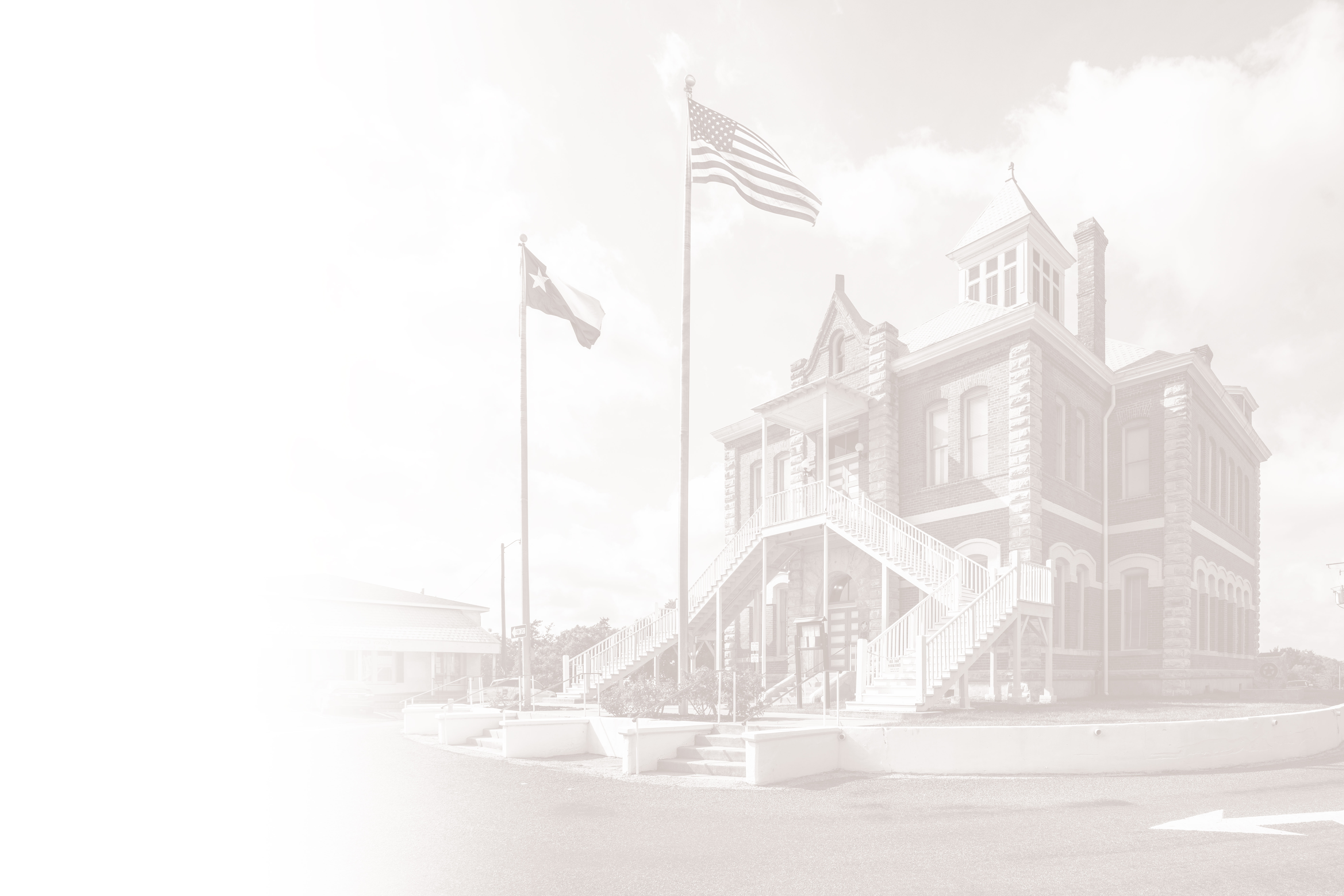Fanthorp Inn State Historic Site is located approximately 30 miles southeast of Bryan/College Station. It consists of six acres in Anderson, county seat of Grimes County. Texas Parks and Wildlife Department acquired the property by purchase in 1977 from a Fanthorp descendant, and it was opened to the public Oct. 4, 1987, to demonstrate 19th century life at an early Texas stagecoach stop and family home. Ten years were spent researching and restoring the inn to its 1850 use as both a family home and travelers' stop.
The double-pen, cedar log dogtrot house was built by an English immigrant, Henry Fanthorp, when Texas was part of Mexico. Fanthorp petitioned Stephen F. Austin in 1832 for permission to settle in this original Austin Colony. He bought 1,100 acres and built his house in 1834 on the road that crossed his land, thus bringing travelers to his door immediately. Henry Fanthorp was appointed postmaster by the provisional Texas government in 1835, and saw the advantage of offering other services and goods to his frequent visitors. Within time, Fanthorp's Inn became a well-known stopping place for both travelers and the community.
Sam Houston's Cane
In 1834, English immigrant Henry Fanthorp built his home near the intersection of two stage roads: from Harrisburg to Old Springfield Texas (near Fort Parker and present day Mexia), and from Natchitoches, LA to Presidio La Bahia. The home had expanded to an inn with 18 rooms by 1850. Over the years, several famous people stayed at the well-known country inn and tavern. Famous guests include: Henderson Yoakum, Dr. Anson Jones, and George Washington Baines. The last vice-president of Texas, Kenneth Anderson passed away at the inn and buried in the Fanthorp cemetery across the street. The town was renamed Anderson in his honor.
One of those was Sam Houston, the first president of the Republic of Texas, who stayed at the inn over 13 times. Houston presented a cane to Henry Fanthorp during a visit to the inn. The oak cane with brass tip and silver finial handle had been a gift to Sam Houston from his friend Sam Lewis. The cane appears in several photographs of Houston and is an important Texas artifact. The cane now resides at Washington-on-the-Brazos State Historic Site. Look for it on display in the visitor center.
